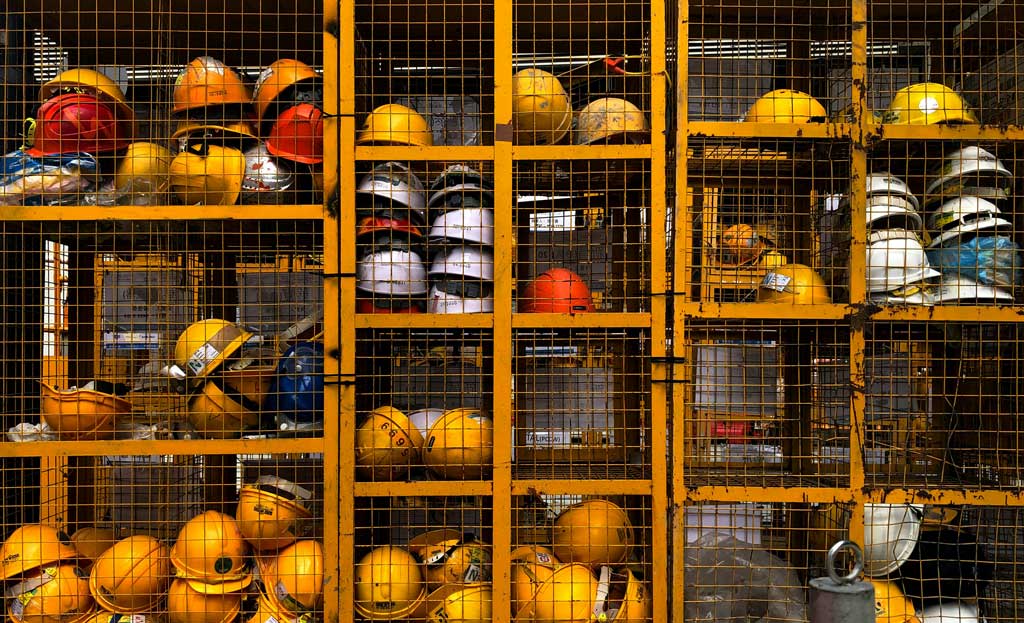Expertise
Our instructors are seasoned professionals with years of experience in the field and understand the environment.

Elevate your facility’s fire safety protocols with our tailored Facility Fire Safety Training, specifically optimised to bolster your organisation’s emergency response capabilities. This customised training programme is meticulously designed to align with the distinct fire safety challenges and requirements of your workplace, ensuring the education provided is not only pertinent but also directly enhances your team’s aptitude in managing fire-related emergencies proficiently.
Conducted on-site at your premises, our Facility Fire Safety Training delivers a dynamic and hands-on learning experience. We concentrate on realistic fire scenarios customised to reflect your facility’s unique risks and conditions. This method ensures that the fire safety skills and strategies imparted are both practical and immediately actionable, boosting your team’s readiness and response efficiency.
Acknowledging the varied dynamics within professional teams, our Facility Fire Safety training underscores the significance of leadership, effective communication, and teamwork in fire emergency management. This strategic emphasis not only bolsters team unity but also significantly elevates your team’s ability to tackle fire emergencies effectively, cultivating a proactive and prepared safety culture within your organisation.
Designed for minimal disruption to your daily operations and maximum educational benefit, our programme delves into advanced fire emergency response techniques, leadership in crisis situations, enhanced situational awareness, and fostering a readiness mindset. This approach empowers your team members to lead and coordinate confidently during fire emergency situations.
Choose Our Facility Fire Safety Training for Workplace Preparedness
Selecting our Facility Fire Safety Training is a strategic move towards creating a safer, more resilient workplace. By concentrating on leadership and readiness, you’re not merely adhering to fire safety regulations; you’re nurturing a culture of preparedness and responsibility. Invest in our training to safeguard your facility and ensure your team is primed to face fire emergencies with assurance and expertise.
Students who are deemed competent will receive a Statement of Attainment, which is recognised under the Australian Qualifications Framework. This training is nationally recognised:

The RTO responsible under the National Vocational Education and Training Regulator Act 2011 for the quality of the training and assessment being delivered in this course and for the issuance of all AQF certificates is:
Intrinsic Safety trading as Rescue Group Training
RTO No. 45803
Our detailed course outline ensures a thorough grasp of:
We provide a well-rounded assessment process that encompasses both practical tasks and scenarios, as well as written theory assessments, throughout the training. This comprehensive approach ensures a thorough evaluation of your skills and knowledge, allowing you to demonstrate your competency in real-world application and theoretical understanding.
Specific assessment tasks to be undertaken include:
Course Duration & Modes
Each format is tailored to different learning styles and schedules, ensuring effective and efficient Facility Fire Safety Training.
This course can be delivered/assessed in the workplace or at a facility organised by Rescue Group Training.
Our Facility Fire Safety Training is meticulously designed to cater to the unique fire safety needs of various industries. Understanding that each sector faces distinct challenges and risks, our training programs are tailored to meet the specific requirements of your industry, ensuring your team is equipped with the essential knowledge and skills to manage fire safety effectively. Here’s how we customise our training for key industries:
Healthcare Industry:
Tailored to the healthcare setting, our training ensures staff can efficiently handle fire emergencies, with a focus on patient safety and compliance with health sector regulations.
Manufacturing and Industrial Sector:
We address the specific fire risks associated with working with flammable materials, chemicals, and heavy machinery, providing strategies for prevention and emergency management.
Hospitality Industry:
Our program prepares staff in hotels, restaurants, and entertainment venues to execute fire evacuation plans smoothly, prioritising guest safety in high-occupancy environments.
Education Sector:
Specifically designed for schools and universities, our training focuses on preparing staff to lead safe evacuations, ensuring the safety of students and faculty alike.
Retail Industry:
We equip employees in shopping centers and stores with the knowledge to manage fire risks and respond effectively, protecting both customers and merchandise.
Office and Corporate Buildings:
Our training for high-rise and corporate facilities focuses on evacuation procedures and safety protocols to ensure all employees can exit safely in an emergency.
Construction Industry:
Recognising the unique fire hazards on construction sites, our training includes fire prevention techniques and emergency response procedures tailored to these environments.
Warehousing and Storage Facilities:
We prepare staff to respond to fires in storage settings, focusing on preventing the loss of life and inventory, especially where flammable materials are stored.
Transportation and Logistics:
Tailored to the needs of airports, seaports, and logistics centers, our training ensures teams are prepared to handle fire incidents in the movement of goods and people.
Energy Sector:
For the high-risk energy industry, we provide comprehensive training on preventing and responding to fires in power plants, refineries, and renewable energy sites.
By choosing our Facility Fire Safety Training, you are ensuring that your team receives industry-specific training that not only meets safety standards but also addresses the particular challenges and risks of your sector. Invest in our customised training to foster a culture of safety and preparedness, protecting your workplace and everyone in it with confidence and competence.
For comprehensive details on your rights and responsibilities, including our complaints and appeals process, kindly refer to the Pre-Enrolment Participant Handbook on our website.